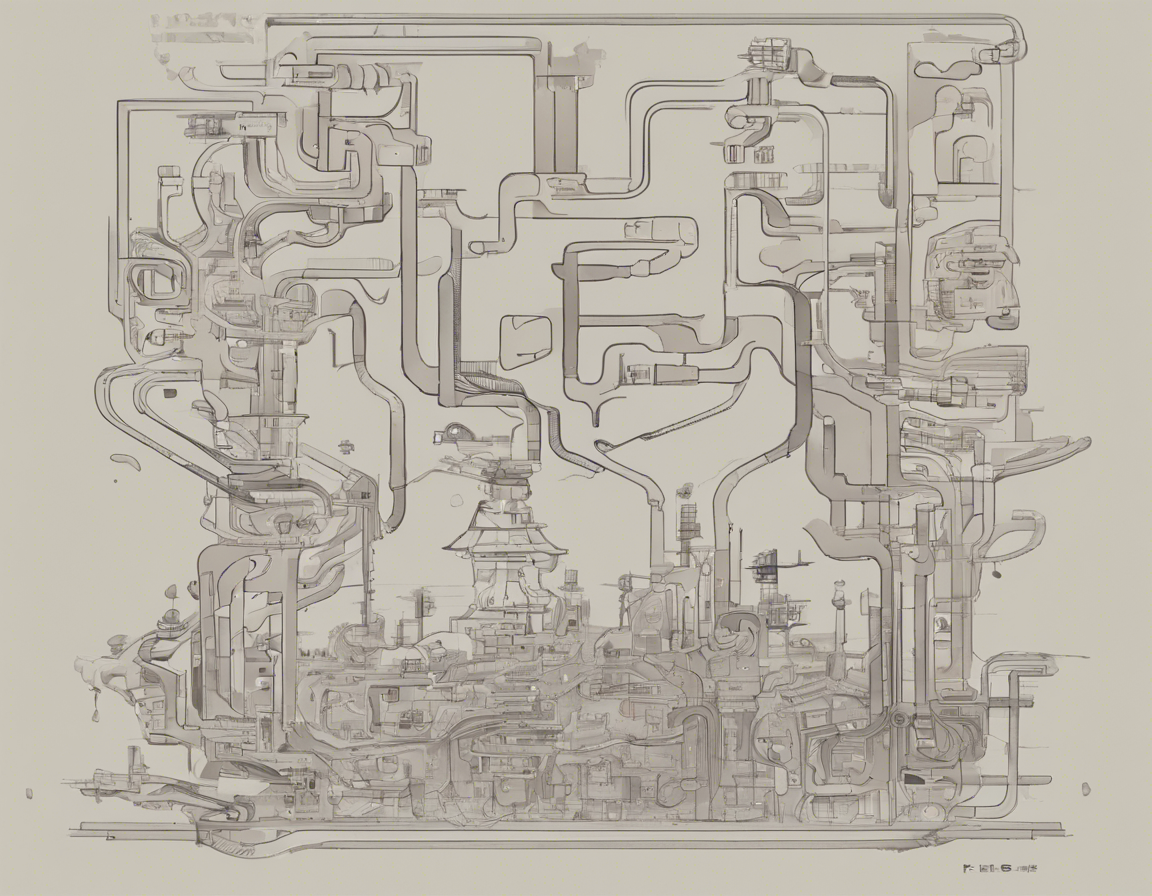The Benefits of High-Intensity Interval Training (HIIT)
Introduction
High-Intensity Interval Training (HIIT) has gained popularity in recent years due to its efficiency and effectiveness in achieving fitness goals in a shorter amount of time compared to traditional cardio workouts. HIIT involves alternating between short bursts of intense exercise and periods of rest or lower-intensity exercises. This training method can be applied to various forms of exercise, including running, cycling, swimming, and bodyweight exercises.
Benefits of HIIT
1. Efficient Calorie Burning
During a HIIT workout, your body continues to burn calories even after you’ve finished exercising. This is known as the afterburn effect or excess post-exercise oxygen consumption (EPOC). The intensity of HIIT workouts raises your metabolism, leading to increased calorie burn during and after the workout.
2. Time-Saving
One of the most significant advantages of HIIT is its time efficiency. A typical HIIT session can last anywhere from 10 to 30 minutes, making it a perfect option for those with busy schedules who still want to stay active. In this short amount of time, you can achieve the same benefits as a longer, steady-state cardio workout.
3. Improves Cardiovascular Health
HIIT has been shown to improve cardiovascular health by increasing cardiovascular fitness and decreasing blood pressure and blood sugar levels. The intense exercises in HIIT workouts push your heart to work harder, leading to cardiovascular improvements over time.
4. Burns Fat
Research has shown that HIIT can be more effective at burning fat than steady-state cardio exercises. The intense bursts of activity in HIIT workouts utilize stored fat as fuel, helping you burn more fat in less time.
5. Preserves Muscle Mass
Unlike steady-state cardio, which may lead to muscle loss over time, HIIT can help preserve muscle mass while providing the benefits of cardio exercises. The high intensity of HIIT workouts signals to your body that muscle mass is essential, leading to muscle preservation.
6. Boosts Metabolism
HIIT can help boost your metabolism in the long term by increasing resting metabolic rate. As you build more lean muscle mass and improve your cardiovascular fitness, your metabolism becomes more efficient at burning calories even at rest.
7. Enhances Endurance
Regular HIIT sessions can help improve your endurance levels by challenging your cardiovascular and muscular systems. Over time, you’ll find yourself able to push harder and longer during workouts, benefiting your overall fitness levels.
8. Versatile and Customizable
HIIT workouts can be easily customized to suit your fitness level and goals. Whether you’re a beginner or an athlete, you can adjust the intensity, duration, and rest periods to challenge yourself appropriately. Furthermore, HIIT can be done with various equipment or just your body weight, making it accessible to everyone.
Tips for Starting HIIT
- Consult with a healthcare provider before starting any new exercise regimen, especially if you have any existing health conditions.
- Start slowly and gradually increase the intensity of your HIIT workouts to prevent injury and allow your body to adapt.
- Focus on proper form during each exercise to maximize effectiveness and reduce the risk of injury.
- Stay hydrated and fuel your body with nutrient-dense foods to support your workouts and recovery.
- Incorporate a mix of HIIT sessions, strength training, and flexibility exercises for a well-rounded fitness routine.
FAQs
1. Is HIIT suitable for beginners?
Yes, HIIT can be adapted for beginners by starting with shorter work intervals and longer rest periods. As your fitness level improves, you can gradually increase the intensity and duration of your HIIT workouts.
-
How many times a week should I do HIIT?
It is recommended to do HIIT workouts 2-3 times a week, allowing for rest days in between to prevent overtraining and injury. Listen to your body and adjust your frequency based on how you feel. -
Can HIIT help with weight loss?
HIIT can be an effective tool for weight loss due to its calorie-burning effects and metabolism boost. When combined with a balanced diet, HIIT can aid in achieving and maintaining a healthy weight. -
Is HIIT safe for individuals with heart conditions?
Individuals with heart conditions should consult with their healthcare provider before starting a HIIT program. It may be necessary to modify the intensity and types of exercises to ensure safety and cardiovascular health. -
How long should a typical HIIT workout last?
A typical HIIT workout can last anywhere from 10 to 30 minutes, depending on the intensity and structure of the workout. The key is to push yourself during the high-intensity intervals and allow for adequate rest periods in between.
In conclusion, HIIT offers a multitude of benefits for individuals looking to improve their fitness levels, burn fat, and enhance cardiovascular health in a time-efficient manner. By incorporating HIIT into your workout routine and following proper guidelines, you can reap the rewards of this dynamic and versatile training method.

